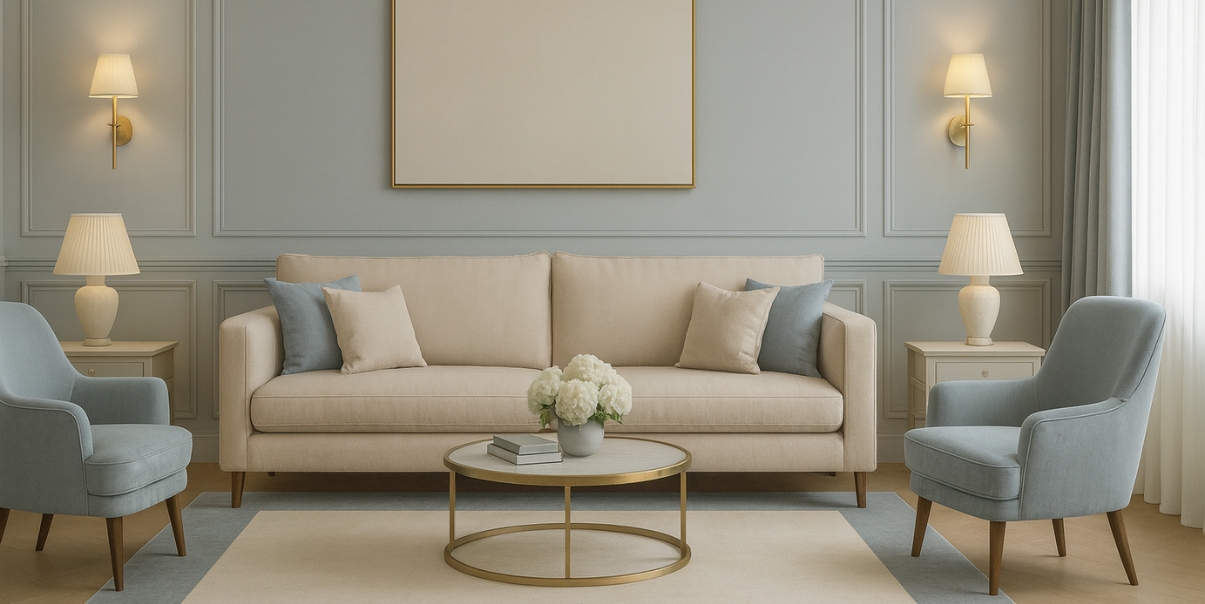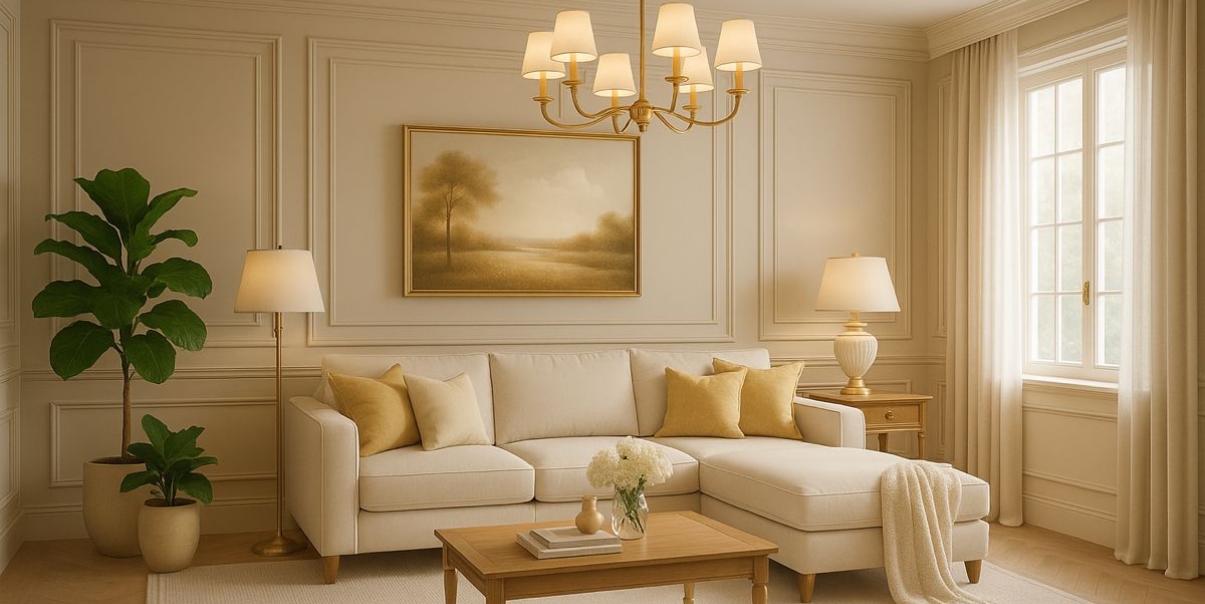How to Personalize Your Home on a Tight Budget
The Lighting & Fixtures
Moving into a new home is an exciting journey, and it’s only natural to desire a space that truly represents who you are. However, transforming your living environment doesn’t have to break the bank with costly renovations. Transforming your space into a reflection of your personality doesn’t have to break the bank. With a dash of creativity and thoughtful decisions, you can infuse warmth and style into your home without overspending. Here are five budget-friendly ideas that any handyman can use to personalize your home.
Use paint and wall art to add a personal touch
Walls are one of the easiest and most effective methods to transform how your home feels. Accent walls, trims, or even minor areas like door frames can have a significant impact without completely repainting a space. If paint isn’t your thing or the job seems daunting, you can use removable wallpapers or peel-and-stick decals.
Framing art, prints, or photos also adds character. Consider using thrift store finds or your own photography. A smart home device setup doesn’t have to be only for tech; picture-hanging systems that let you easily swap art can keep things fresh without hiring a pro.
Upgrade Lighting & Fixtures
Lighting changes are small projects that yield large visual results. Swapping out basic ceiling fixtures for something with flair, maybe a chandelier or pendant light, can dramatically elevate a room. Under-cabinet lighting in the kitchen or a reading light beside your favorite chair creates coziness and utility.
For bathrooms or entryways, swapping out handles, knobs, or faucet finishes (e.g., from chrome to matte black or brass) gives your space a designer feel. These tasks are straightforward enough for general maintenance or minor electrical repairs. Just ensure you turn off power at the breaker before attempting any work, and use the right tools.
Arrange Furniture Creatively & Use Multipurpose Pieces
You don’t always need to buy new furniture. Rearranging what you already have can transform a room. Try shifting seating areas, changing focal points, or relocating rugs.
Also, invest smartly in versatile furniture. Pieces like ottomans with storage, fold-away desks, or flat-pack furniture assembly kits allow you to do more with less. Multipurpose items often save money by eliminating the need for additional pieces. For example:
- An ottoman that stores blankets
- A bed frame with drawers underneath
- Foldable dining tables or chairs for small spaces
- Such items let you personalize your space while staying practical.
Bring Nature In & Use Textiles
Natural elements add warmth and personality without high cost. Plants, for instance, literally breathe life into rooms. You might add hanging planters, potted plants, or even a small indoor herb garden. Wood accents, woven baskets, and stone or ceramic decor tie things together.
Textiles—rugs, throw pillows, and curtains—are another inexpensive way to refresh your space. Try layering textures like linen, wool, or cotton. Switching out covers and cushions seasonally gives your home a renewed look. It’s a small home project but one that changes how you feel in your space.
Bring Nature In & Use Textiles
Tackle Small Home Repairs & DIY Details
Sometimes, personalizing your home is about getting small things right. Fixing a leaky faucet, patching drywall, replacing a worn-out door handle, or even cleaning up trim and baseboards makes your space feel more polished. These are tasks handyman services often undertake, but many DIYers can manage safely with good instructions and care.
If you aren’t confident or the job involves safety concerns (electrical, structural), hiring a pro is wise. But for many homeowners, doing minor repairs saves money and gives a real sense of ownership. When you invest in home repairs and general maintenance, the improvement shows—even in simple details.
How to Plan Your Personalization Without Stress
- Start by making a list of priority areas (e.g., living room, kitchen) so you know where you want to have an impact first.
- Set a budget for each project, including tools or supplies, so you avoid overspending.
- Consider whether each idea is something you’ll keep long-term; avoid trends if you want something durable.
- Keep safety in mind. For projects involving electricity, plumbing, or structural changes, consult or hire a handyman.
Conclusion
Personalizing your new home doesn’t require big budgets or major renovations. By focusing on changes like lighting, textiles, nature, small repairs, and creative furniture use, you build warmth and character gradually. These are high-impact, low-cost strategies that reflect you and grow with your lifestyle. When you combine creativity with smart handyman skills and ongoing home upkeep, your space becomes more than just a house—it becomes your home.


